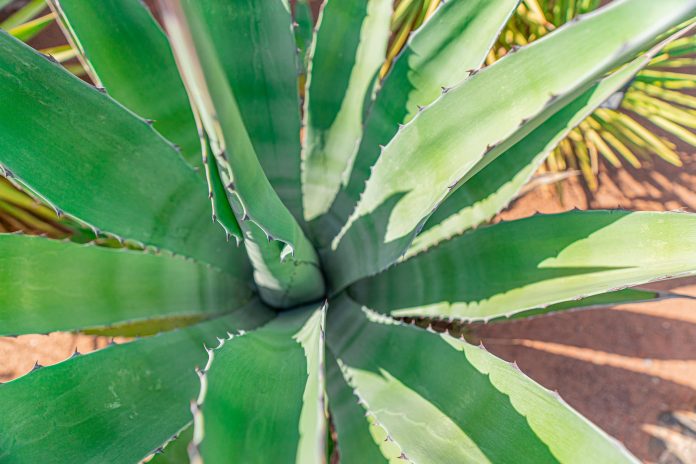
Many exotic plants don’t work as houseplants, but some are beautiful and easy to care for.
Christmas Cactus

A Christmas cactus doesn’t need a hot desert climate to survive. Many families will pass their Christmas Cactus down from one generation to another. This plant typically blooms around Christmas. You want to plant this cactus in soil that drains well. A pot with holes is good for this. You want bright indirect light, and it should stay between 70 degrees during the day and 65 degrees at night. You must keep them out of direct sunlight.
You can water this plant every 2-3 weeks and feed fertilizer through fall and spring every two weeks. In the summer, you can feed fertilizer once a month. This plant can get quite big, so you will want to prune it in the spring and grow from that spot. The best part is you can take the pruned parts, plant them, and give them as gifts because the plant roots quickly.
Rubber Plant

These tree plants can grow up to 50 feet tall. This plant doesn’t need a lot of water or light. It prefers indirect light, not much heat, and its soil should be kept moist. If you overwater the plant, the leaves will brown and fall off. If you want to create more rubber plants, you can take a small branch and put it in good soil, and it will root.
Aloe

Aloe makes great indoor plants. They are succulent and useful, too, since you can use aloe juice in the leaves to care for scrapes and burns. The aloe plant likes to be in a bright spot in your home. When planting an aloe vera plant, you will want a pot with a hole, and you want to keep the soil on the dryer side. If you want to grow more aloe plants, you can buy rooting hormone powder and dust the plant’s stem, and it will grow additional roots.
Dragon’s Tongue

You typically see this plant in an aquarium, but you can also have it as a nice houseplant. It blooms in the spring or summer and gives off small fragrant flowers. The soil needs to be kept moist, and the plant would like to be in filtered light.
Agave

Agave plants have sap that is toxic to humans and dogs. They can grow to different heights depending on the species you choose. It’s best to plant this during spring or early fall. After years or decades, the plant will produce berry seed pods and die. Agave plants prefer full sunlight and dryer soil. They also don’t need much water.
Creeping Fig

Creeping fig is often grown to cover a wall or ground, but it can also be a houseplant. It likes bright indirect light. It likes moist soil, and you have to fertilize it in spring and summer. If you place a pole in the middle of the pot, the fig will climb and cover it. Creeping fig is hard to remove once you have planted it, so know where you are planting it.
Codonanthe

This is a rare plant from Brazil, Central America, and West Indies. It is a cascading plant with white or pink flowers. This plant thrives best watered often and in humidity. They also like to be near other plants and in bright light but not direct sun. They look best grown in a hanging basket.
If you like exotic plants you may also be interested in exotic fish!


















